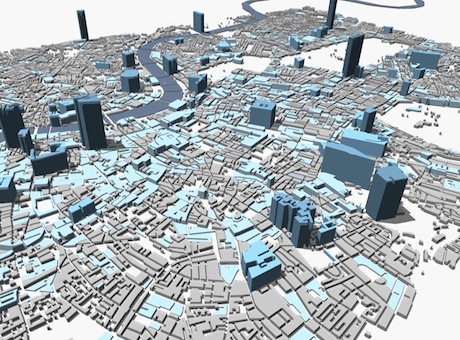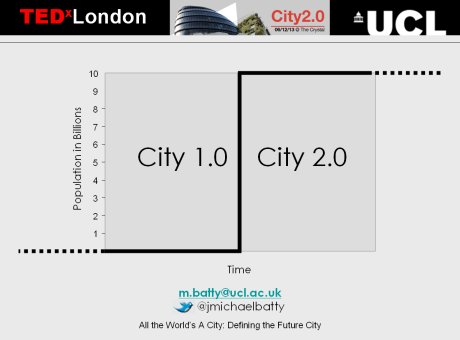A special issue of the new journal Dialogues in Human Geography has just come out devoted to Geography and Big Data. There are several commentaries on the position paper by Mark Graham and Taylor Shelton entitled ‘Geography and the future of big data, big data and the future of geography’ with several critiques of current developments by Rob Kitchin, Evelyn Ruppert, myself, Mike Goodchild, Sean Gorman, Sandra González-Bailón and Trevor Barnes. My own contribution that you can get here deals with how big data is changing our conception of cities and indeed perhaps of city planning with the implication that time scales for planning are shortening and of course that town planning is in many senses no longer fit for purpose as the world around us becomes ever more digital and as the digital and the material mix.
Drill down for my article. Sage told us in no uncertain terms that although I could share my article with my friends (who read this blog) I could not share all the other articles in this way even though they are all of one piece, so to speak. So I can’t put all the articles online. So much for recent missives of the Research Councils and my own university that anything produced by any kind of funding from the UK public purse devoted to research, must be accessible.











